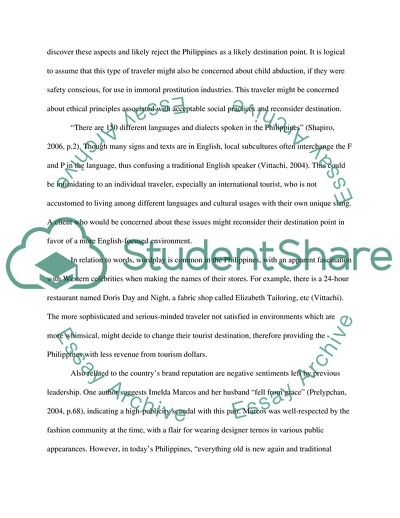Cite this document
(Negative Tourism Impact in the Philippines Term Paper, n.d.)
Negative Tourism Impact in the Philippines Term Paper. Retrieved from https://studentshare.org/tourism/1728394-negative-tourism-impact-in-the-philippines
Negative Tourism Impact in the Philippines Term Paper. Retrieved from https://studentshare.org/tourism/1728394-negative-tourism-impact-in-the-philippines
(Negative Tourism Impact in the Philippines Term Paper)
Negative Tourism Impact in the Philippines Term Paper. https://studentshare.org/tourism/1728394-negative-tourism-impact-in-the-philippines.
Negative Tourism Impact in the Philippines Term Paper. https://studentshare.org/tourism/1728394-negative-tourism-impact-in-the-philippines.
“Negative Tourism Impact in the Philippines Term Paper”. https://studentshare.org/tourism/1728394-negative-tourism-impact-in-the-philippines.


